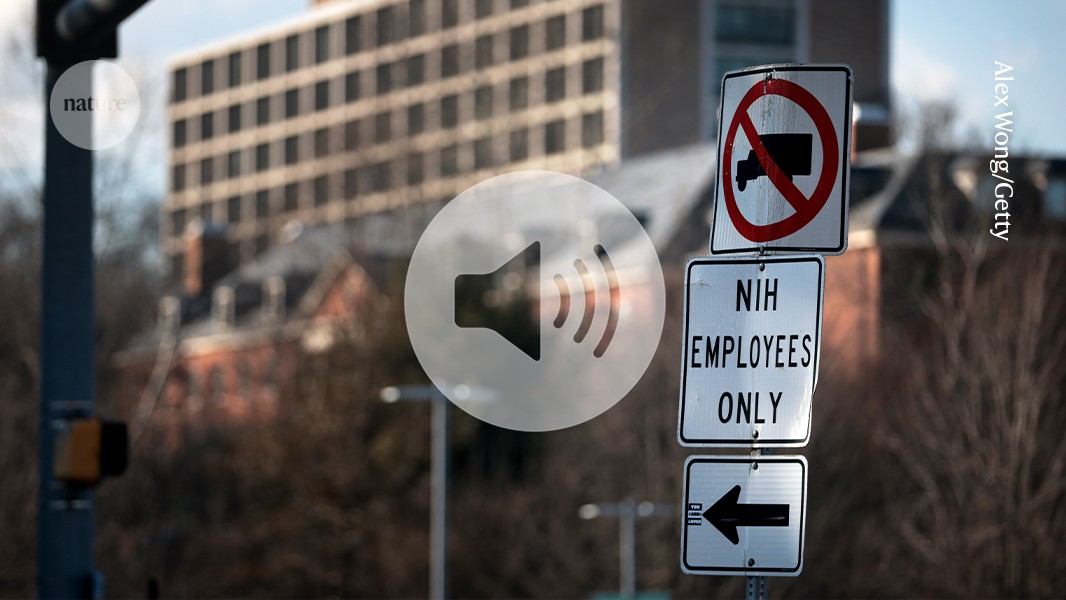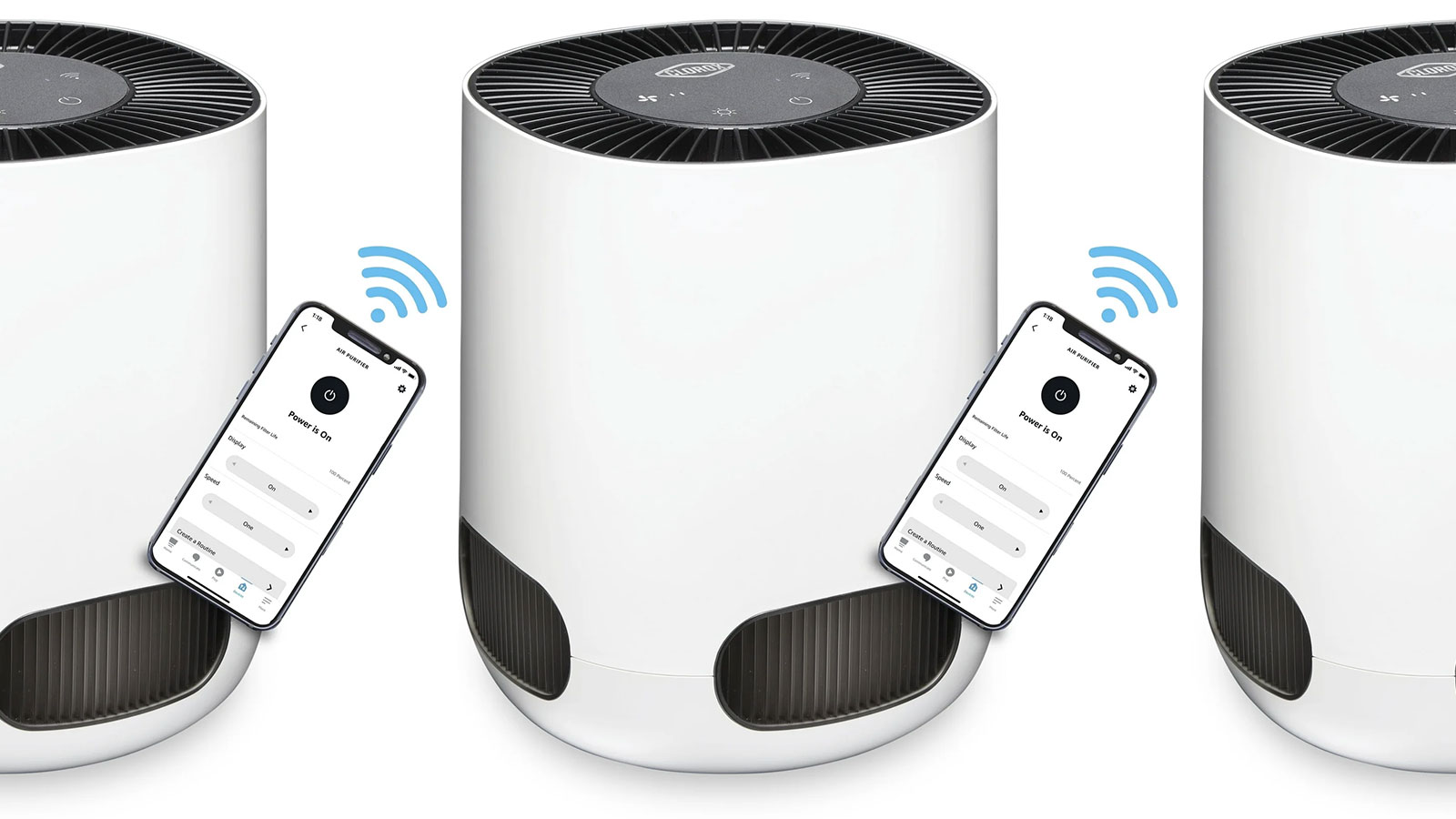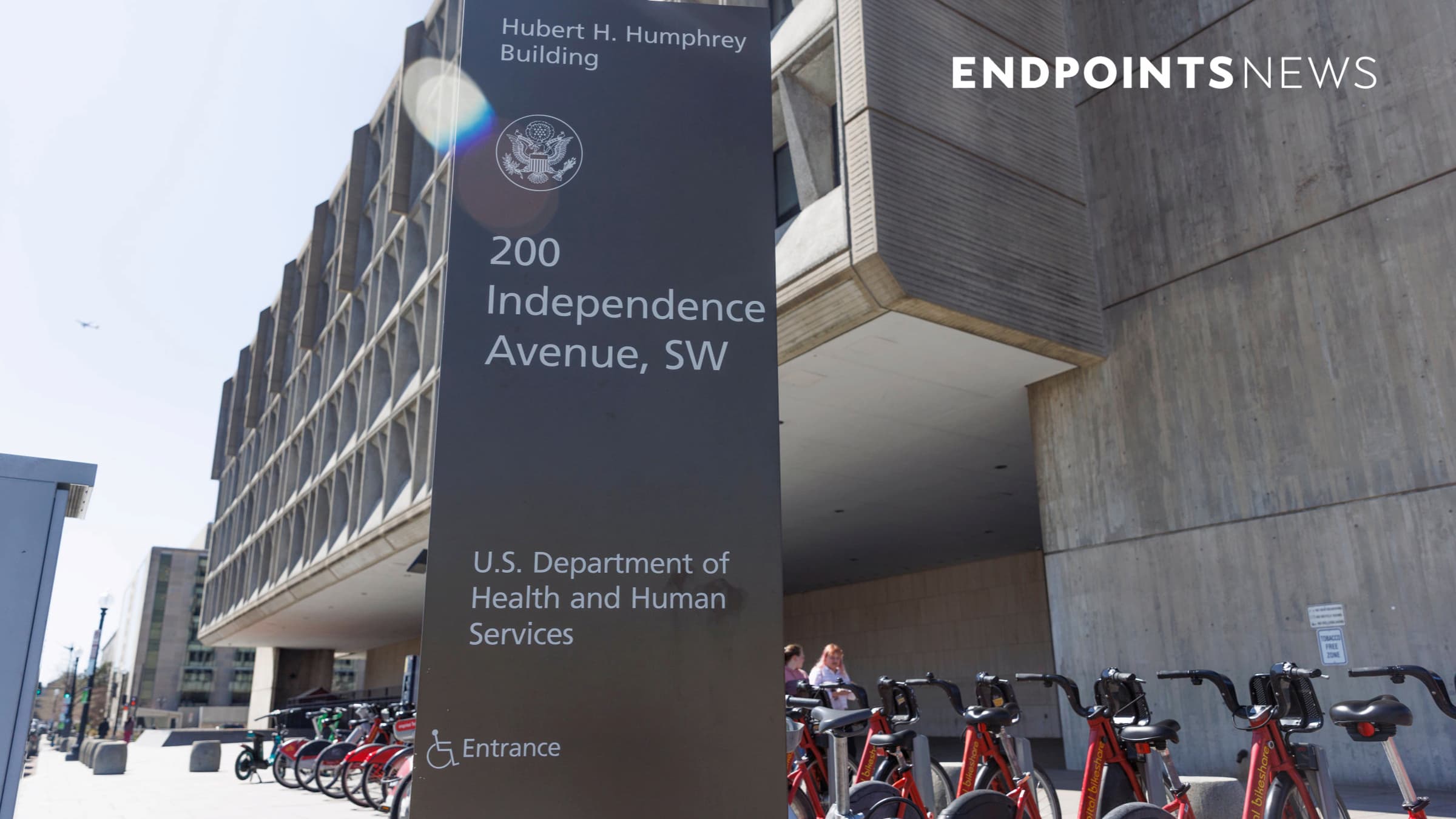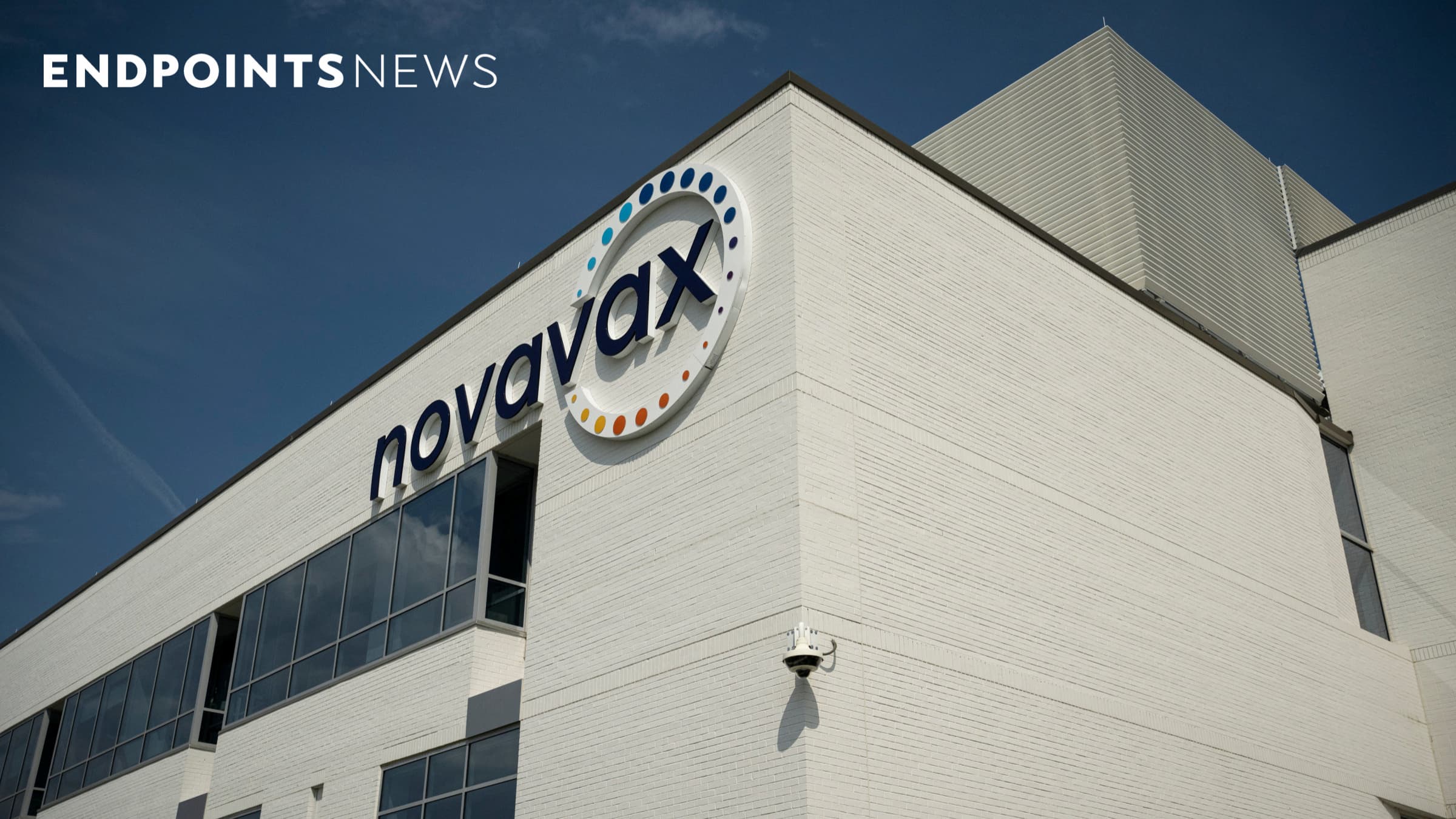Simplifying Clinical Trials: Addressing Technology Challenges for Site Teams
In recent years, clinical research and development stakeholders have put tremendous effort into improving patient-centered clinical trials, where patients feel valued as partners in the processes and approaches to care that impact their health. Clinical trial sponsors are keenly aware that, to do so, the use of advanced clinical technologies, including decentralized solutions, has been ... Read More



In recent years, clinical research and development stakeholders have put tremendous effort into improving patient-centered clinical trials, where patients feel valued as partners in the processes and approaches to care that impact their health. Clinical trial sponsors are keenly aware that, to do so, the use of advanced clinical technologies, including decentralized solutions, has been necessary to improve patient experience and accelerate drug development. But as sponsors implement multiple digital solutions on an individual trial to enhance patient centricity, is it possible to keep related administrative burdens at bay for site teams already overloaded in day-to-day responsibilities?
At the 2025 SCOPE Summit in February, clinical research organization leaders joined technology providers and site experts to openly vet sites’ biggest challenges regarding clinical technology integration and how trial sponsors and the collective industry can better support these teams on the front lines of patient-centered approaches.
Technology integration: a hard look at the site perspective
Actively listening to site teams, including principal investigators and study coordinators, is helping sponsors and CROs better understand the technology-specific challenges impacting their work, especially when working with multiple solutions within a single trial.
Sites are declining clinical research participation, primarily due to the burden associated with operational processes, including technologies, compared to a trial’s care-specific aspects. As trials go global and sponsors aim to broaden trial access to patient populations across countries, newer sites are indicating difficulties with signing on to participate in trials because of potential burdens caused by technology.
When conducting an individual study, notable challenges for sites include:
- Multiple technology solutions, with upward of 20 system touchpoints, are implemented on an average-sized individual clinical trial, each with unique systems and portals and related training needs for site staff. This imposes a daunting learning curve for each piece of technology, which is considered a significant source of burden for site staff.
- When system upgrades are part of the norm, site staff have to stay on top of technology maintenance for multiple solutions within a trial.
- When using multiple solutions there generally are multiple service vendors to contact for support and information.
- In some cases, technologies may not provide interconnectivity to allow data to flow seamlessly for monitoring purposes, compliance reviews, etc.
- Sites are typically required to use designated solutions for individual trials, but incorporating site feedback in technology design helps to ensure these solutions fit their needs as the end-users.
The trickle effect for sites and patients
Potentially the biggest point of frustration for sites is the disparate modalities of access, workflow management and training compliance for patients and site users. Adding to their workload, sites may play the role of IT support for staff and patients while working with multiple vendors to navigate and resolve issues.
As sites work across both sponsor technologies and patient-facing technologies (e.g., telehealth platform, e-diaries, connected devices, etc.), any issues or delays to navigate can also mean patients becoming less comfortable with the trial process and leading to trial drop out or protocol deviations, which sites have to then tackle.
Recognizing and addressing site-level operational nuances
One of the key ways to help sites reduce clinical technology burdens is to fine-tune operational efficiencies regarding trial workflows, data workflows, etc. As they dedicate time and resources to understand site burdens, sponsors and CROs need to ask:
- How are we currently managing queries and action items that are going to site staff?
- Do we administer document and compliance management systems effectively?
- How are we supporting sites with audit findings and resolution steps?
Consolidating tech-related use and processes
Principal investigators and site staff are noting that automating and centralizing monitoring processes can help reduce the physical technology footprint necessary to conduct a trial. Systematically addressing access to technology and workflows can help streamline those multiple tech-related operational challenges for an improved site experience.
SCOPE 2025 attendees learned about the potential benefits of single sign-on vendor-agnostic technology platforms that provide sites with a single home for all the technology they need to get all their tasks done quickly for multiple trials they may be conducting for various life sciences companies.
Initial insights from real-world use of this type of vendor-neutral platform are currently being gathered, but some of the intended benefits for sites include:
- Use a single sign-on to access multiple sponsors’ software applications to complete various tasks for each trial by bringing clinical technologies under one roof (e.g., randomize a patient for one sponsor’s trial, enter a patient’s data for a second sponsor and set up patient reimbursement for a third trial without entering credentials across systems).
- See sponsors, studies and systems through a single dashboard via automation.
- Quickly communicate with study teams when needed via a chat option.
- Spend less time onboarding new staff for various trials and related technologies.
Fine-tuning technology design
There is no question that integrating advanced clinical technologies into trials is providing real-world benefits to accelerating drug development without compromising safety and quality for patients. For example, decentralized trial models have shown to reduce costs by up to 3%, with four times the return on investment by using telehealth, in-home visits and mobile technologies.
However, there is always an opportunity for sponsors, CROs and technology providers to further fine-tune useful tech-enabled solutions to reduce burden of use.
During SCOPE, clinical technology innovation experts and site leadership shared noteworthy ways solutions can be designed or updated to improve the site experience.
Avoiding multiple solutions for patients’ multiple to-dos
In everyday life, it can be frustrating enough to be expected to create and recall log-in details for work devices, home appliances, apps and more. To avoid adding multiple trial-related log-in requirements for patients, creating a solution that houses electronic data capture from patients, such as electronic clinical outcomes assessments from symptom trackers, visit notes, etc., and electronic consent forms can be useful. Doing so makes patients able to follow one intuitive workflow to input information and complete the task at hand and then be guided/instructed about next steps, which may improve compliance.
“Bring your own device” strategy — offering technological flexibility
It is evident that protocol deviations can stem from tech-related issues. Since a single trial can include multiple technologies, reducing that reliance on related hardware can lessen or eliminate some of the site and patient frustration when the system is not properly working or other issues come into play.
For example, what happens if a solution is designed to provide a two-hour window for patients to complete a self-rated scale before their provider visit, but the questionnaire is available on their device four hours before their visit and they input responses too early? This results in a protocol deviation that the site team has to write up and the principal investigator has to review and sign off on, etc.
For another example, patients enrolled in an insomnia study may be asked to fill out their e-diary at 11 p.m. before going to bed. If their device does not work or they are unable to connect to the internet and complete their task, the site will need to write up a protocol deviation the following day.
Offering patients’ flexibility in how and when they perform study tasks can be key. Flexibility can mean allowing them to use their own device, offering a sponsor-provided device or ensuring there are options to complete tasks, such as e-consent, at the site or remotely.
Site support benefits all stakeholders
Sites are integral partners at the local community level that sponsors and CROs need to ensure trial success. Along with elevating patient centricity in clinical trials, sponsors recognize that in an aggressive R&D marketplace, reducing site tech burden is also going to be a key competitive advantage. As such, what sponsors and clinical research organizations are doing to help sites focus more on quality patient care and related data quality and less on trial-specific technology operations and support will be critical.
Going a step further, fellow sponsors and the broader clinical trial ecosystem need to align to recognize site needs and dedicate efforts to streamline technology burdens on the forefront of trial planning.
About Rajneesh Patil Vice President, Digital Innovation at IQVIA
As head of Digital Strategy and Analytics Innovation for Clinical Operations at IQVIA, Rajneesh leads digital transformation and AI/ML initiatives for Clinical Operations to implement new delivery models. He has 16 U.S. patents, is a gold medalist in Dental Surgery from India with Foundations in Public Health from Australia and Digital Strategy-Executive from Harvard Business School.
About Nicholas Whitney, Senior Director, Site Suite, IQVIA Technologies
Nick has more than 15 years of experience in the life sciences industry. In his current role, Nick is responsible for overseeing technologies that improve study planning, feasibility, study start-up and conduct and guiding customers to bring value from tech into trial operations.
In prior roles, Nick has worked with a broad array of real-world evidence/real-world data stakeholders, including academia, payers, government, disease foundations and patient advocacy organizations, supporting the design and delivery of patient registries, observational studies and clinical trials.































































































































![The breaking news round-up: Decagear launches today, Pimax announces new headsets, and more! [APRIL FOOL’S]](https://i0.wp.com/skarredghost.com/wp-content/uploads/2025/03/lawk_glasses_handson.jpg?fit=1366%2C1025&ssl=1)






















